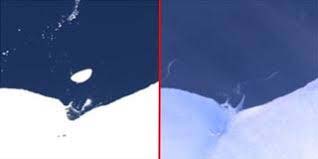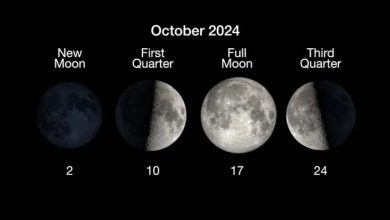After the project found that a Russian island in the Arctic recently disappeared

Science: A group of schoolchildren and college students discovered that a Russian island in the Arctic has recently disappeared after comparing satellite images of the area for an educational project. Mesyatsev Island was a piece of ice and sand located off the coast of the larger Eva-Liv Island in Franz Josef Land — a Russian archipelago of more than 190 islands in the Arctic Ocean. The tiny island, originally just an iceberg, used to be an icy cape connected to its larger neighbor, but it likely broke off at some point before 1985, according to a 2019 study published in Geosciences.
In 2010, Mesyatsev Island had a surface area of about 11.8 million square feet (1.1 million square meters) — or about the size of 20 American football fields. However, when the group of young people evaluated new satellite photos of the island taken on August 12 of this year, they found that the island’s area was only 323,000 square feet (30,000 square meters), a 99.7% reduction from 14 years ago. By September 3, the new images showed that the island had completely disappeared, according to a statement from the Russian Geographical Society, which was translated into English. The students were comparing satellite photos as part of the RISKSAT project run by the Moscow Aviation Institute. Alexey Kucheiko, a researcher at the Moscow Aviation Institute who coordinates the RISKSAT project, said in the statement that the likely cause of the island’s disappearance is rising temperatures caused by human-caused climate change. “The island has completely melted,” he said.





